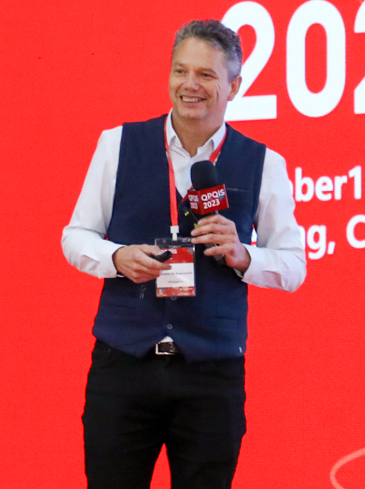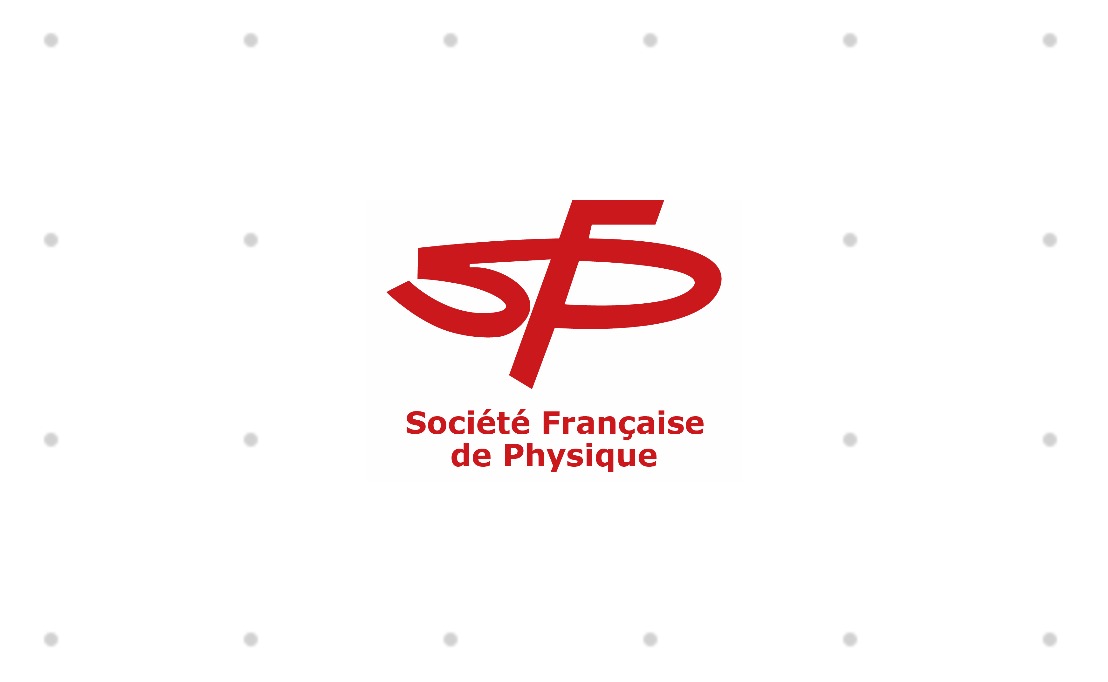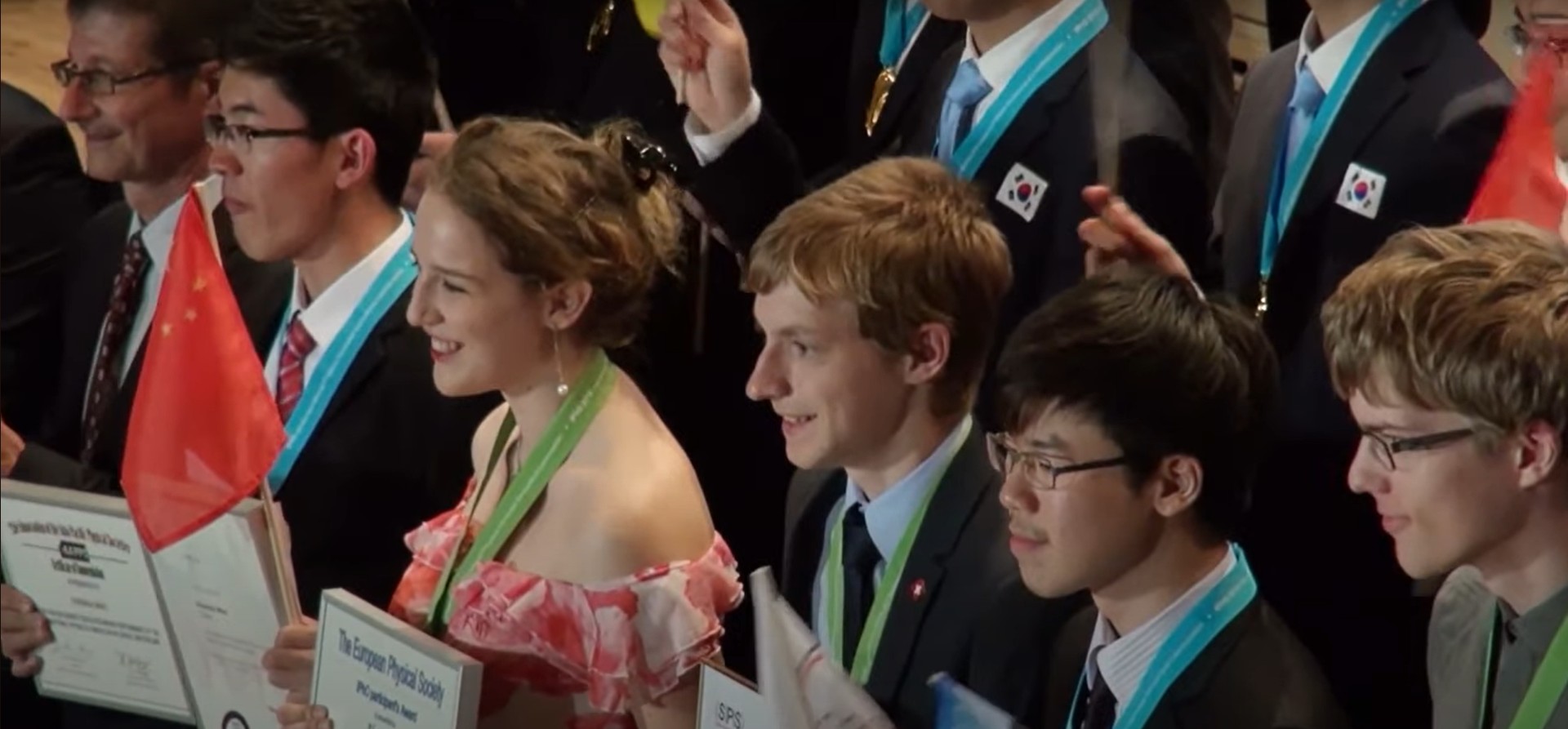The SIF-SFP 2023 Friedel-Volterra Prize awarded to Silvano De Franceschi
The Prize
To honor the memory of Vito Volterra and Jacques Friedel, the Italian Physical Society (SIF) together with the Société Française de Physique (SFP), awards a prize for a physicist involved in some Italian-French collaboration, in recognition of distinguished work in Physics research carried out within the past 10 years.
The prize is jointly established in 2016 by the two Societies with the aim to commemorate the two eminent scientists as well as to strengthen the relationship between the two Societies. The prize will be awarded on an annual basis and will be alternatively announced by the SIF and SFP, respectively.
The Friedel-Volterra 2023 Winner
 |
Dr. Silvano De Franceschi is an experimental physicist in the field of quantum nanoelectronics. He carried out his undergraduate studies and PhD at the Scuola Normale Superiore in Pisa. His research activities focus on the investigation of quantum phenomena and functionalities in a variety of semiconductor-based, low-dimensional systems. Addressed from different angles, the study of spin physics in quantum dots has always been a central topic in Dr. De Franceschi’s research. In his postdoctoral time at TU Delft, he performed many original experiments on the Kondo effect; after joining CEA-Grenoble in 2006, his interest evolved toward semiconductor spin qubits for quantum information processing with a focus on silicon and germanium nanostructures. |
Dr. De Franceschi and his team at CEA-Grenoble pioneered the development of the first spin qubits based on holes (i.e. valence-band quasiparticles). As opposed to electron spin qubits, holes benefit from an intrinsic spin-orbit coupling that can be leveraged to drive coherent spin rotations by means of oscillatory electric fields. When compared to magnetic-field control, this mechanism, known as electric-dipole spin resonance, is typically more practical and efficient. It also opens a clear opportunity for the development of spin-photon architectures, where hole spins can be efficiently measured or entangled via the photonic modes of superconducting microwave resonators, in a so-called spin quantum-electrodynamics architecture. The downside of a strong spin-orbit coupling is a vulnerability to charge noise. De Franceschi’s team recently revealed the existence of operational sweet spots where hole qubits become virtually insensitive to electrical noise with a significant improvement in their coherence time.
The novelty of the qubits demonstrated by Dr. De Franceschi’s team lies not only in the hole-spin encoding but also in the use of silicon MOS devices issued from an industrial-grade, 300-mm fabrication line, which is of relevance in the prospect of large-scale integration.
Finally, Dr. De Franceschi is also widely recognized for his record of groundbreaking achievements in the field of hybrid superconductor-semiconductor systems.
Past laureates :
More information about Friedel-Volterra Prize :
Article posté le 08/01/2024


.jpg)